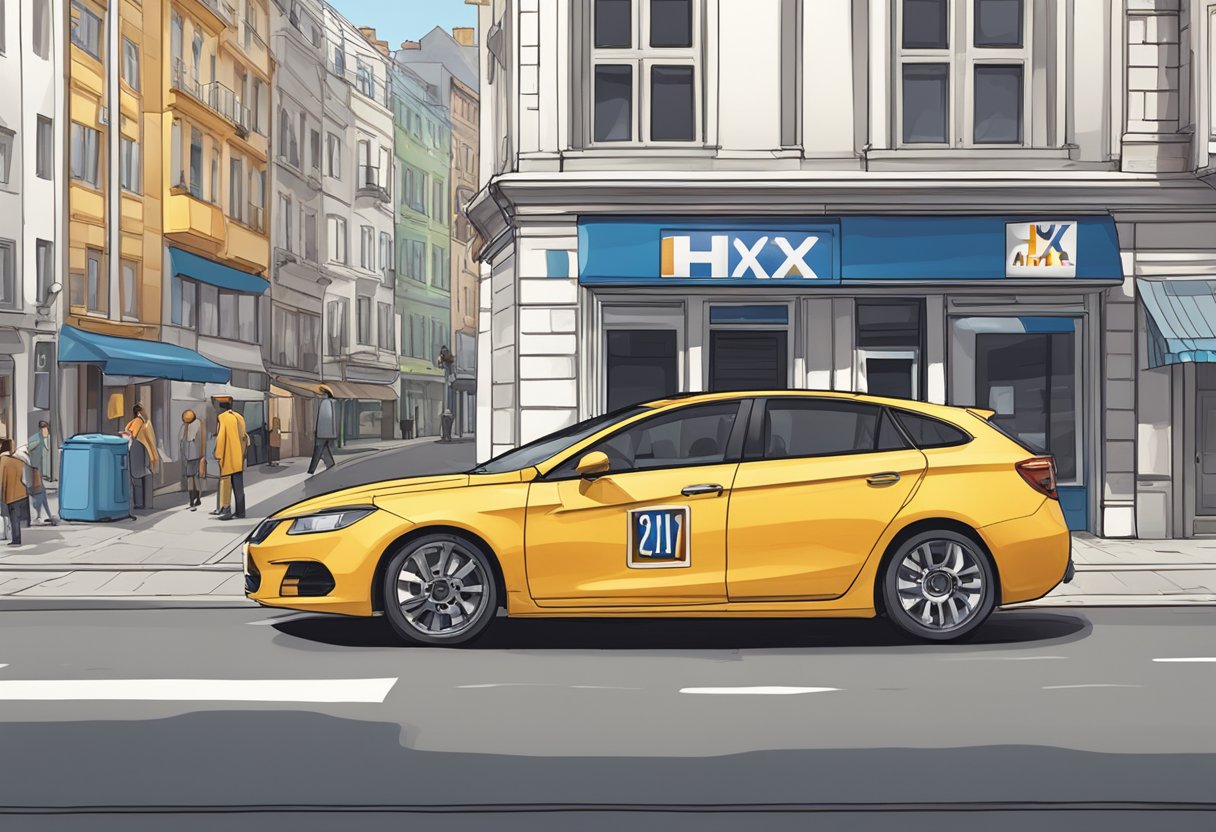Exploring the Evolution and Impact of Electric Vehicles (EVs)
As the world shifts towards sustainability, Electric Vehicles (EVs) have emerged as a critical component of this transition. This article delves into specific questions about EVs that are vital for understanding their functionality, benefits, infrastructure, and future trends.

What Makes EVs Different from Conventional Vehicles?
Electric Vehicles (EVs) operate on electric motors powered by batteries, contrasting sharply with conventional vehicles that run on internal combustion engines. This fundamental difference impacts everything from maintenance costs to environmental benefits. While traditional vehicles emit greenhouse gases and rely on fossil fuels, EVs produce zero tailpipe emissions, making them much more environmentally friendly.
How Far Can an EV Really Go?
The range of an EV depends on its battery capacity, model, and driving conditions. Most modern EVs can travel anywhere from 150 to over 300 miles on a single charge. Factors such as terrain, driving habits, and weather conditions can influence these numbers. For example, aggressive acceleration and cold weather can decrease battery efficiency and overall range.
Charging Infrastructure: Where Can You Charge Your EV?
The charging infrastructure for EVs is expanding rapidly. Charging stations are now widely available in urban areas, along highways, and at various commercial establishments. There are three main types of charging:
- Level 1 Charging: Uses a standard 120-volt outlet and is primarily used for home charging, providing about 4-5 miles of range per hour.
- Level 2 Charging: Typically found in public charging stations, providing about 10-20 miles of range per hour with 240 volts, suitable for longer stops.
- DC Fast Charging: Enables rapid charging at dedicated stations, offering up to 80% charge within 30 minutes, ideal for long road trips.
Is It Expensive to Maintain an EV?
One of the attractive features of EVs is their lower maintenance costs compared to gas-powered vehicles. EVs have fewer moving parts, which means less wear and tear. They require less frequent maintenance, such as oil changes, and their brake systems typically last longer thanks to regenerative braking. However, it’s essential to consider battery replacement costs, which can be substantial, although many manufacturers provide warranties that cover batteries for several years.
Are EVs Truly Environmentally Friendly?
While EVs do have a smaller carbon footprint during operation, the environmental impact depends on how the electricity powering them is generated. If the electricity comes from renewable sources (like solar or wind), then EVs are significantly greener. However, if it is derived from fossil fuels, the benefits are somewhat diminished. Additionally, the production and disposal of EV batteries pose environmental challenges, but advancements in recycling technologies are continuously improving the sustainability of battery production and disposal.
What is the Future of EVs?
The future of Electric Vehicles looks promising as technology continues to evolve. Battery technology is advancing, with companies striving to develop batteries that charge faster and have greater capacities. Moreover, the global push for greener regulations will likely lead to an increase in EV adoption. By 2030, many countries plan to phase out gasoline vehicles, making EVs a critical player in achieving climate goals.
How Do EV Incentives Work?
Many governments offer incentives for EV purchases to promote eco-friendly transportation. These incentives can take various forms, such as tax credits, rebates, reduced registration fees, and access to carpool lanes. Depending on the location, savings can be significant, often amounting to thousands of dollars off the purchase price. Checking local and state resources can provide valuable information on available incentives.
Can EVs Help in Reducing Urban Air Pollution?
Yes, EVs can contribute significantly to reducing urban air pollution. Since they emit no tailpipe emissions, integrating EVs into the transportation system improves air quality. Cities that have adopted policies encouraging EV use are already witnessing decreases in smog, respiratory problems, and overall health issues related to air pollution.
What Role Do Autonomous EVs Play in the Future?
Autonomous Electric Vehicles (AEVs) represent the convergence of two transformative technologies: electrification and automation. These vehicles can optimize driving patterns, improve efficiency, and further reduce emissions. Granting users the ability to travel without actively driving can potentially lead to smarter transportation systems, alleviating traffic congestion and lowering the overall carbon footprint of personal transportation.
Are There Limitations with EVs?
Despite many advantages, EVs do have limitations. Range anxiety—the fear of running out of charge without access to a charging station—is a common concern, particularly for long-distance travel. The charging time is another factor; while fast chargers exist, they can still require time that most people are unaccustomed to when compared to refueling a gasoline vehicle. Additionally, while infrastructure is improving, it may still be insufficient in less populated areas.
Conclusion
Electric Vehicles are reshaping the automotive landscape, offering a viable alternative to traditional gasoline-powered vehicles. Understanding the nuanced questions surrounding EVs helps consumers make informed decisions while contributing to a more sustainable future. As technology continues to progress and adoption increases, the advantages of EVs are likely to outweigh their current limitations, paving the way for cleaner and greener transportation.
New posts

BYD Seal: Unraveling the Future of Electric Mobility
Sustainability

Everything You Need to Know About NIO Registrations: A Comprehensive Guide
Sustainability

Exploring the Ford VW MEB Platform: A Deep Dive
Volkswagen

Understanding the Model X Refresh: What You Need to Know
Tesla

Everything You Need to Know About the Xiaomi Car: Specs, Features, and Market Impact
Xiaomi

Understanding Model Y Wait Times: What to Expect in 2023
Tesla

Exploring AI Day at Tesla: Innovations, Insights, and Future Prospects
Tesla

Understanding the Zeekr X Price: What You Need to Know
Electric Vehicles

Understanding the Tesla Model Y Performance: A Comprehensive Guide
Tesla

Exploring the Spaciousness of the Model Y Trunk Space: Everything You Need to Know
Tesla
Popular posts

Unlocking the Future of Energy: CATL Sodium Ion Battery Explained
Sustainable Solutions

Unlocking the Future: BYD Solid State Battery Technology Explained
Innovation

Understanding CNEVPost: What You Need to Know
Technology Trends

Tesla Market Share: Current Trends and Future Projections
Tesla

Understanding Volvo SPA: The Innovative Platform Behind Modern Volvo Cars
Wellness

Exploring the Spaciousness of the Model Y Trunk Space: Everything You Need to Know
Tesla

Everything You Need to Know About Tesla FSD v12
Tesla

Exploring the Neta GT: Features, Specifications, and Insights
Sustainability
Exploring BYD Track: Insights, Benefits, and Key Features
Sustainability

Understanding Model Y Wait Times: What to Expect in 2023
Tesla